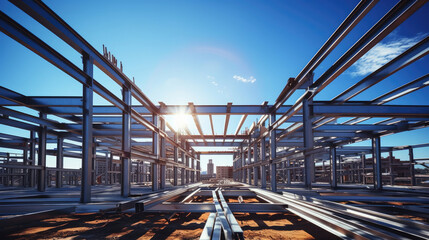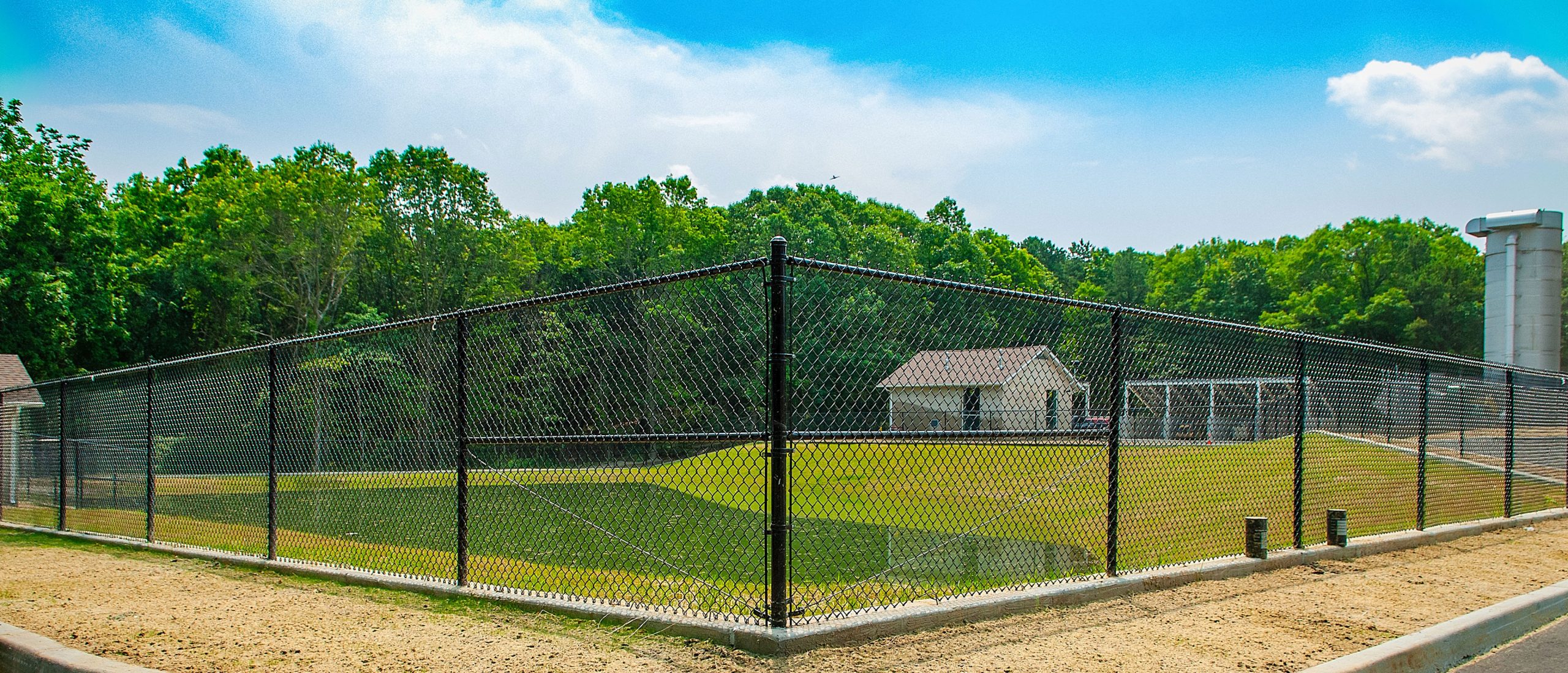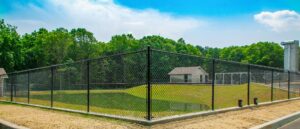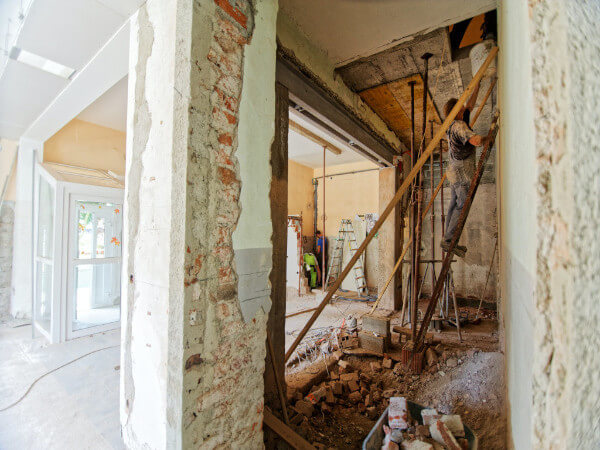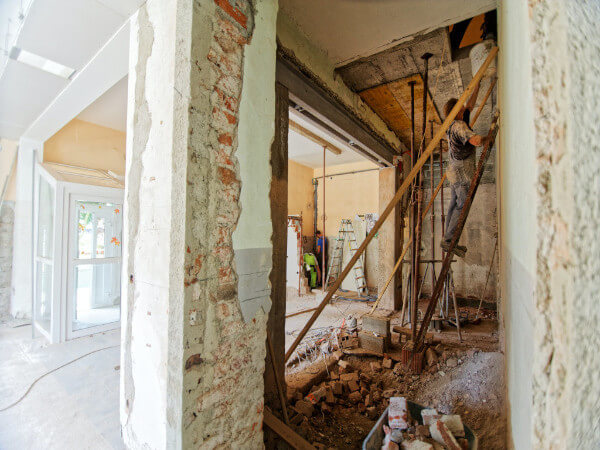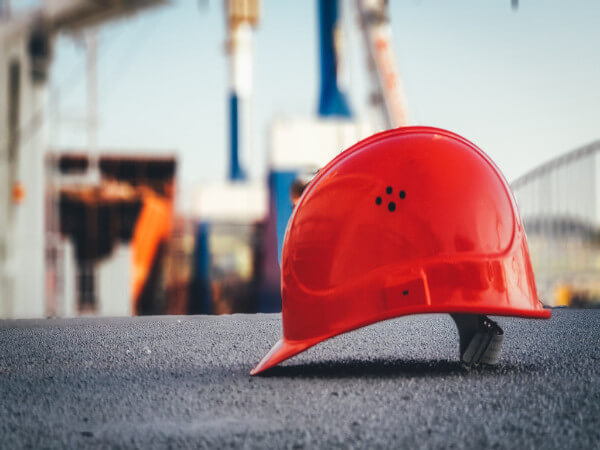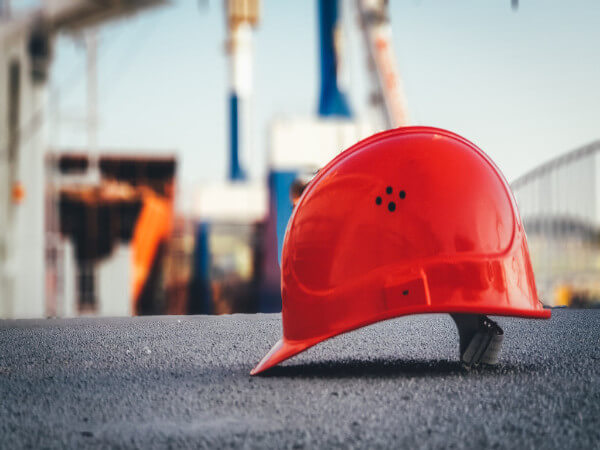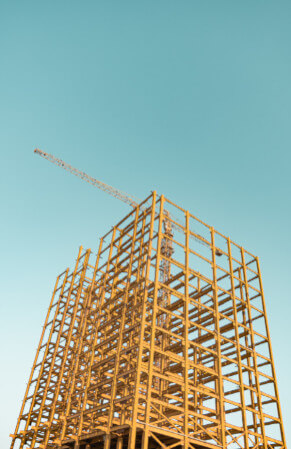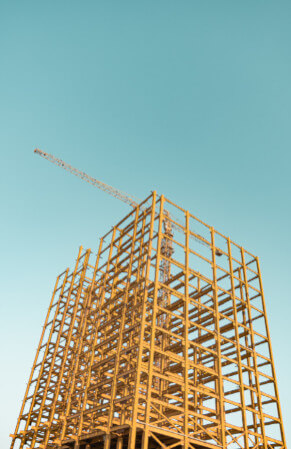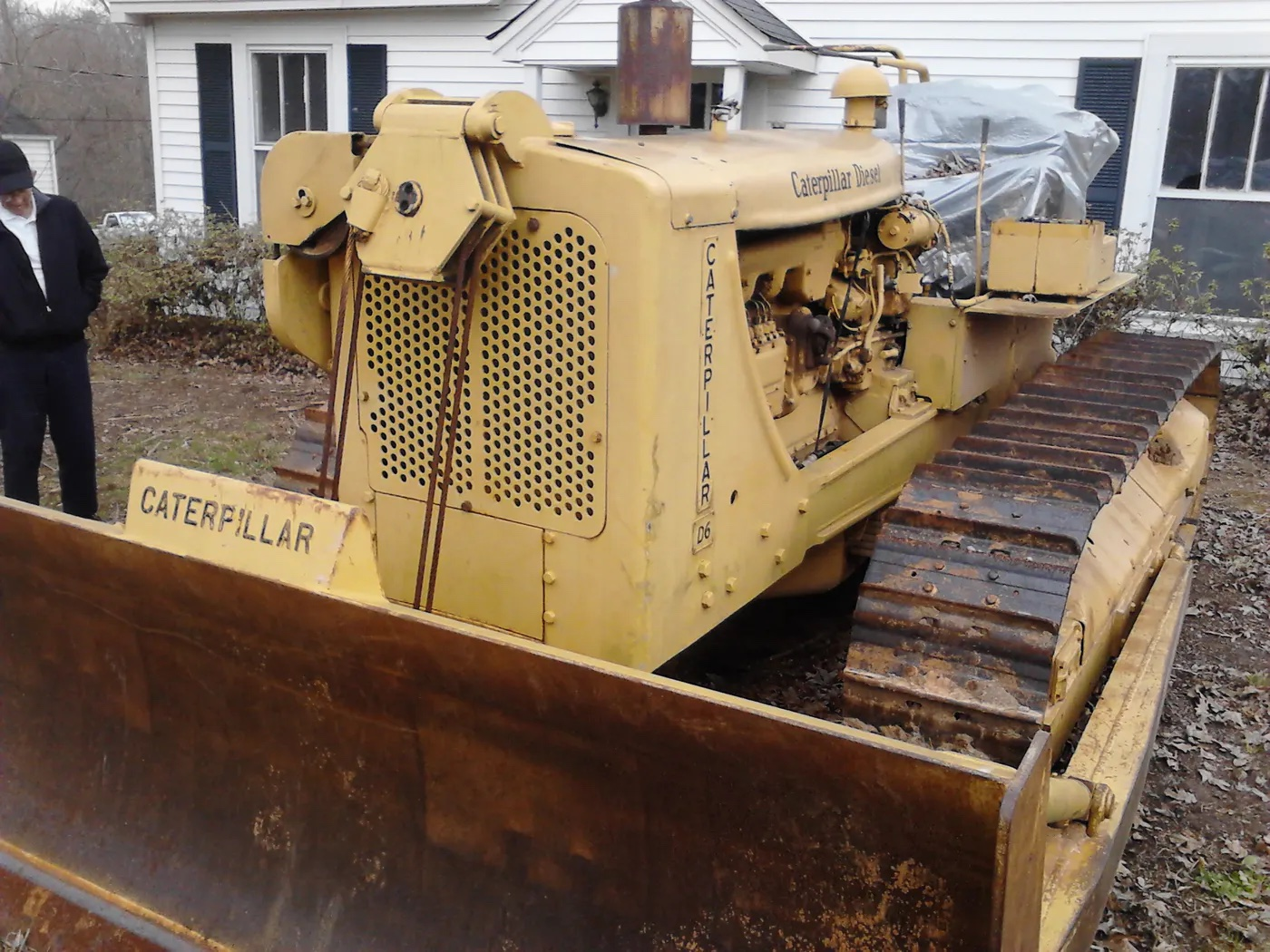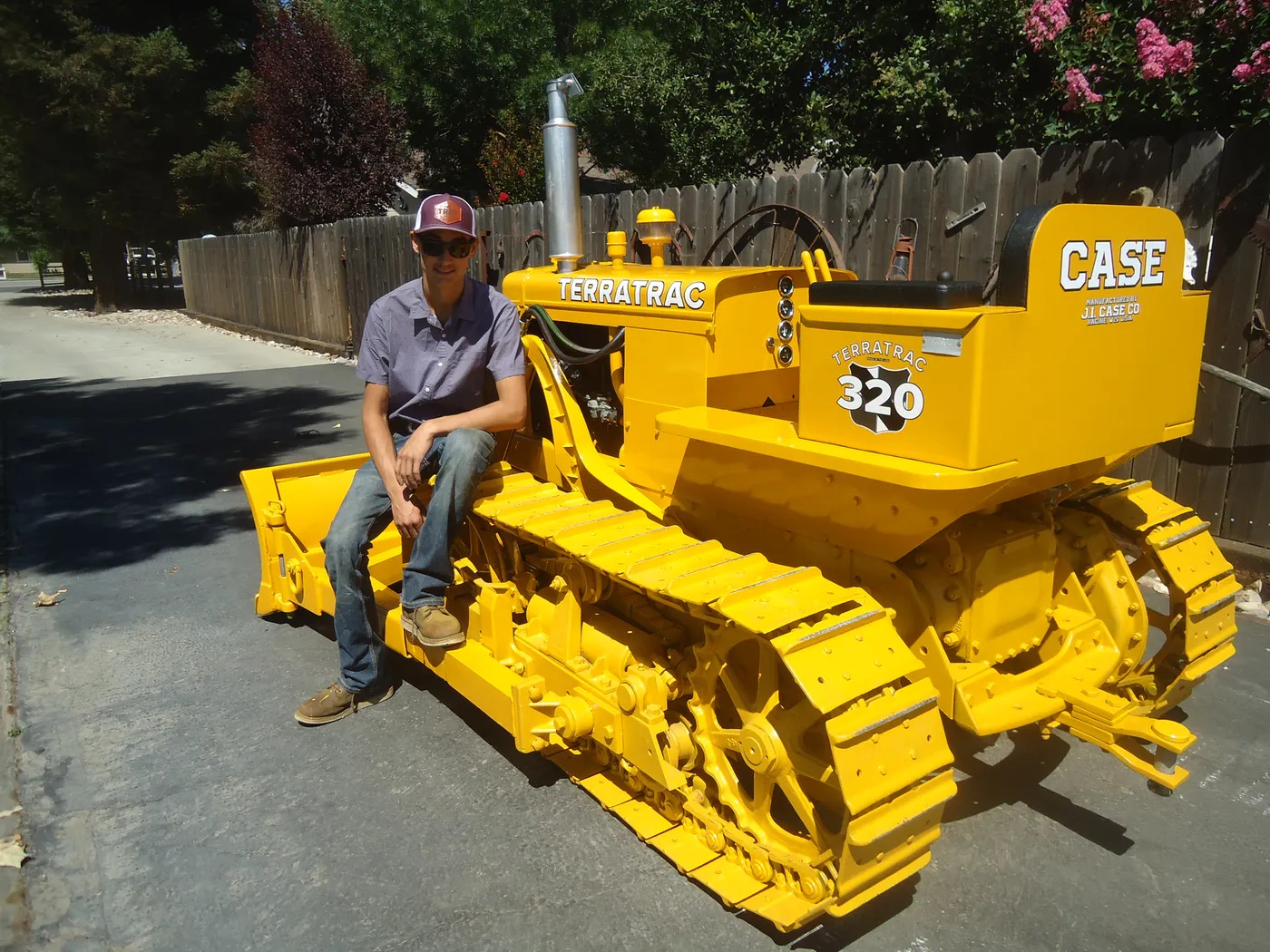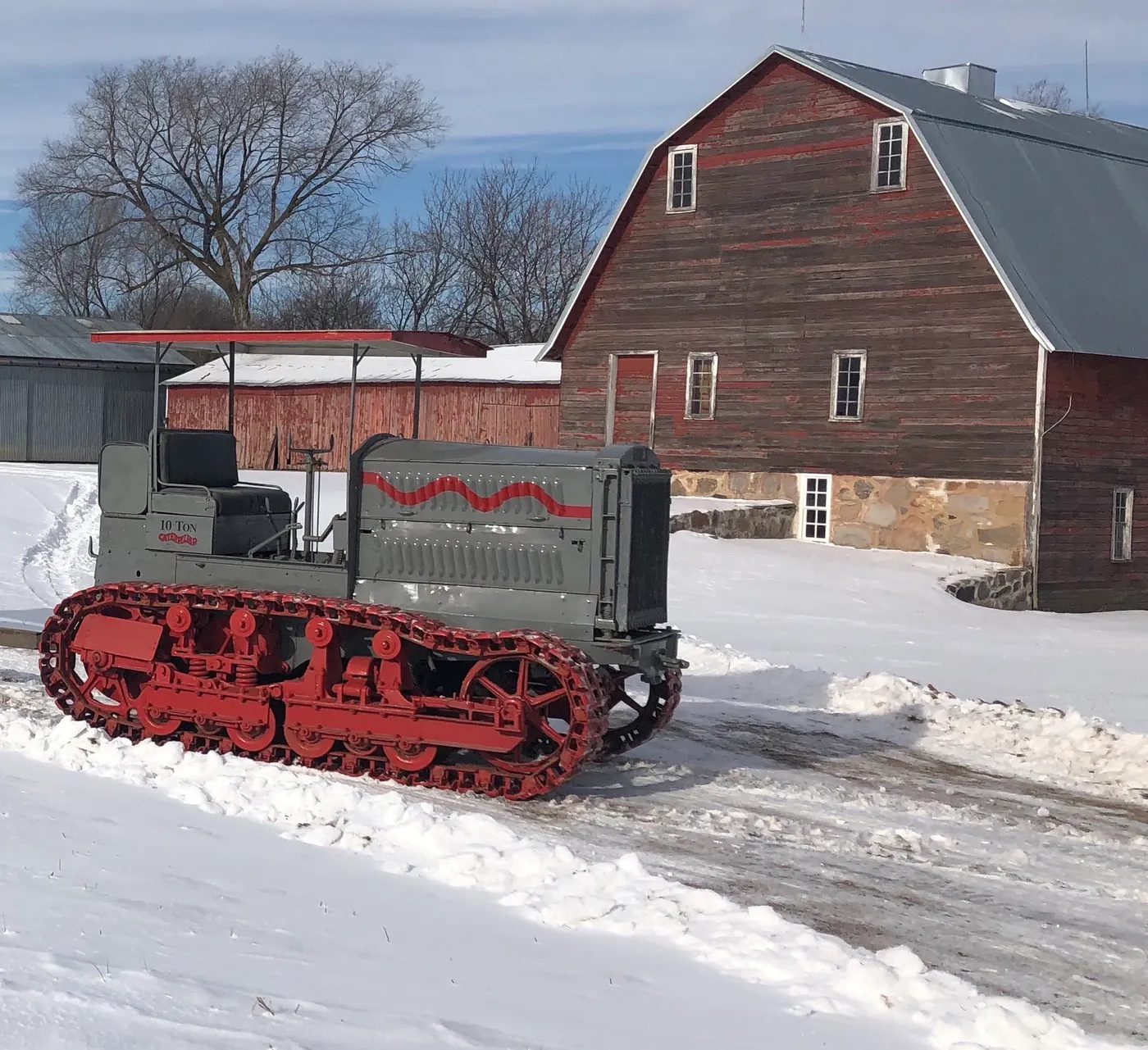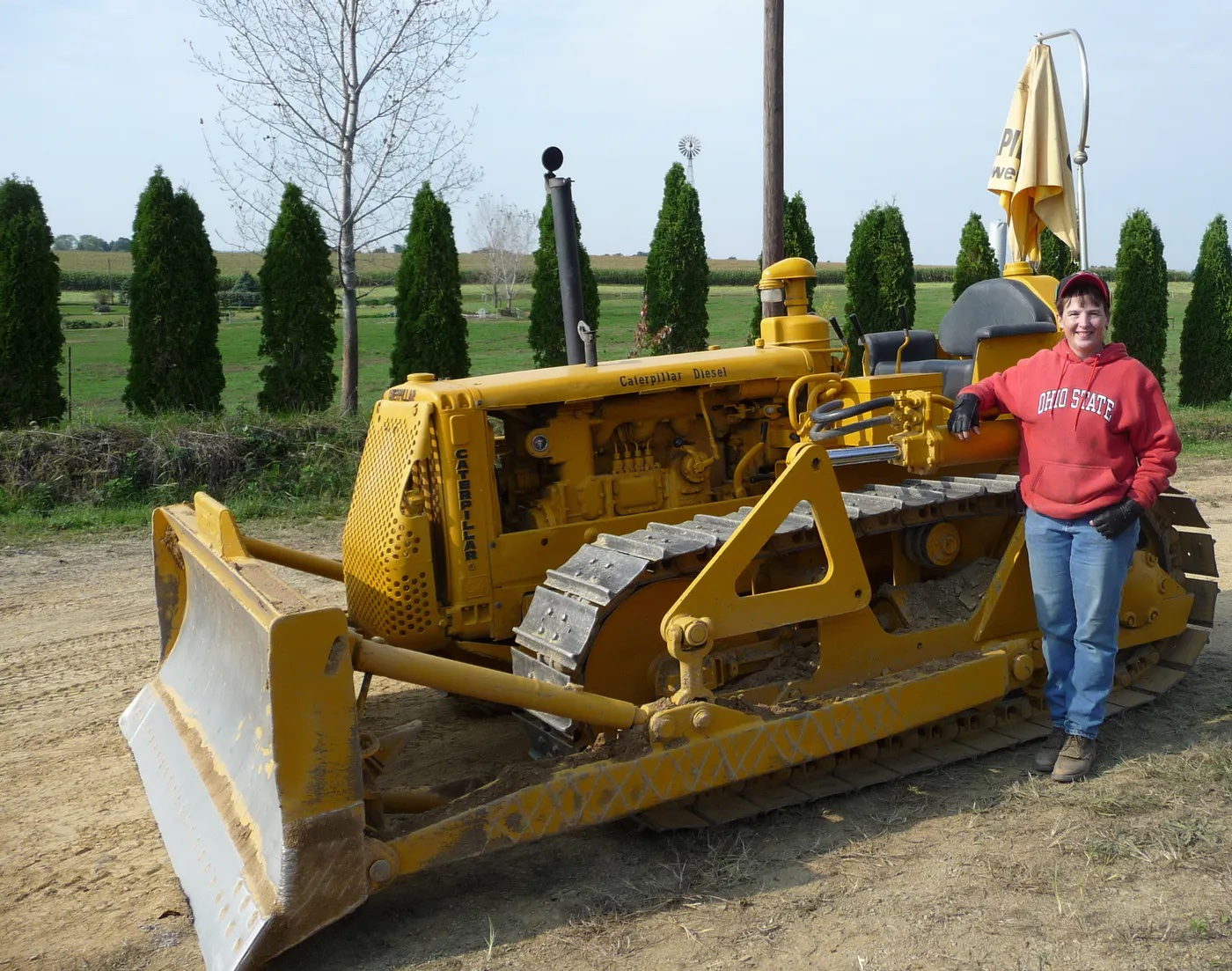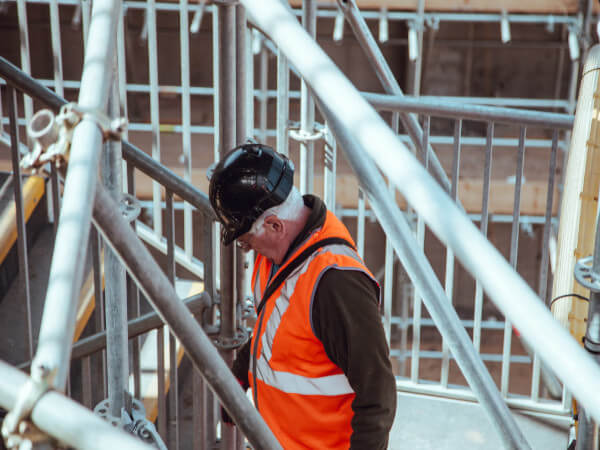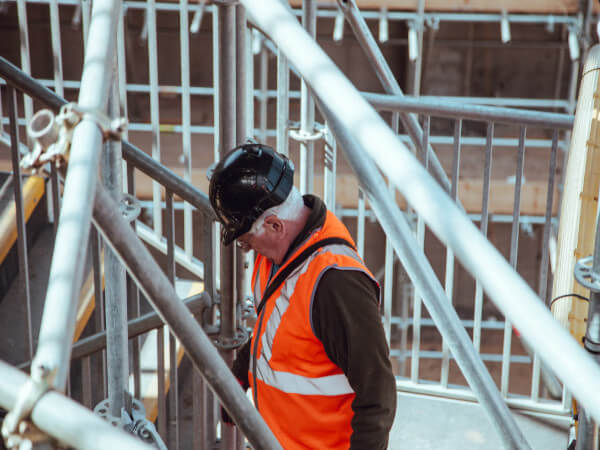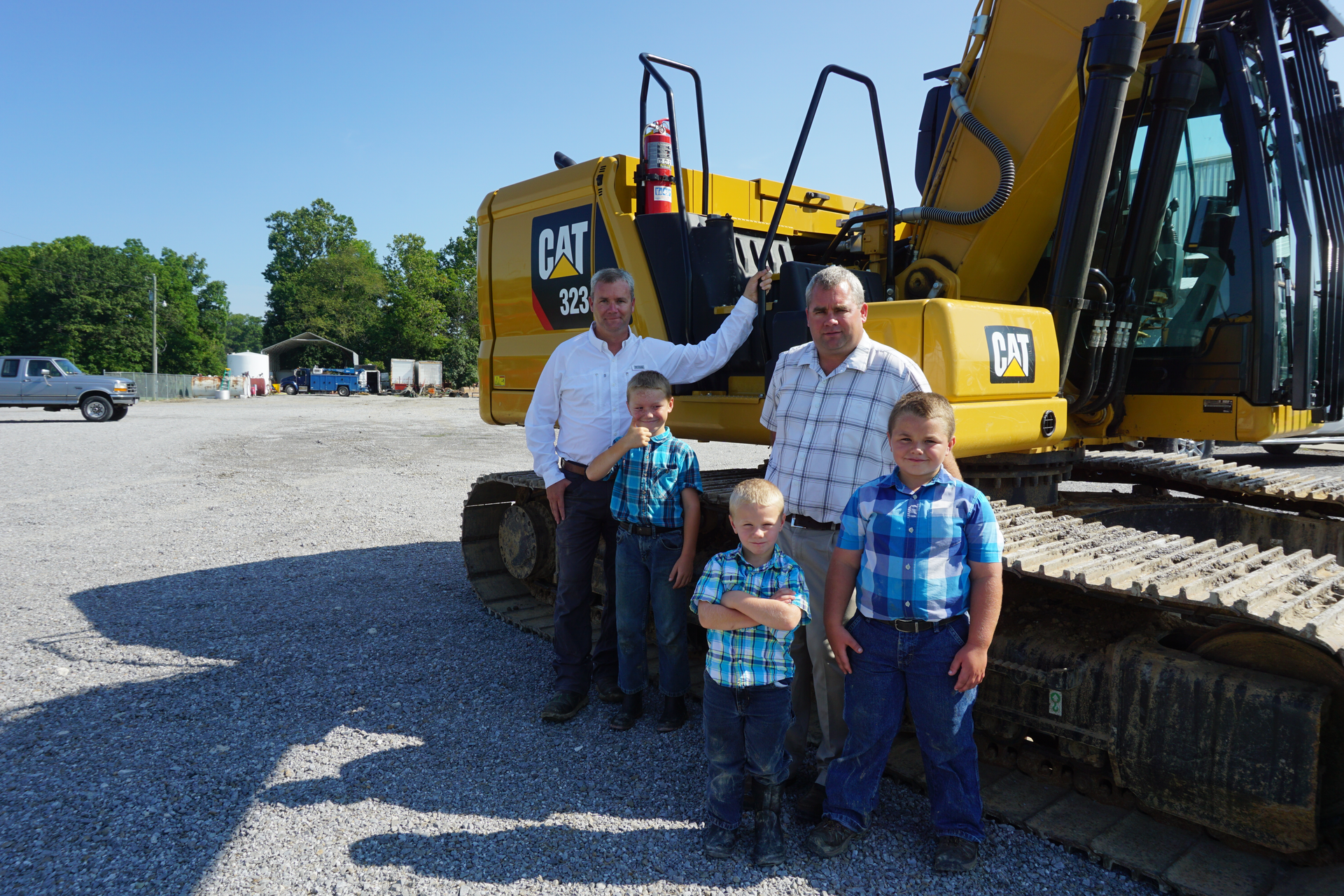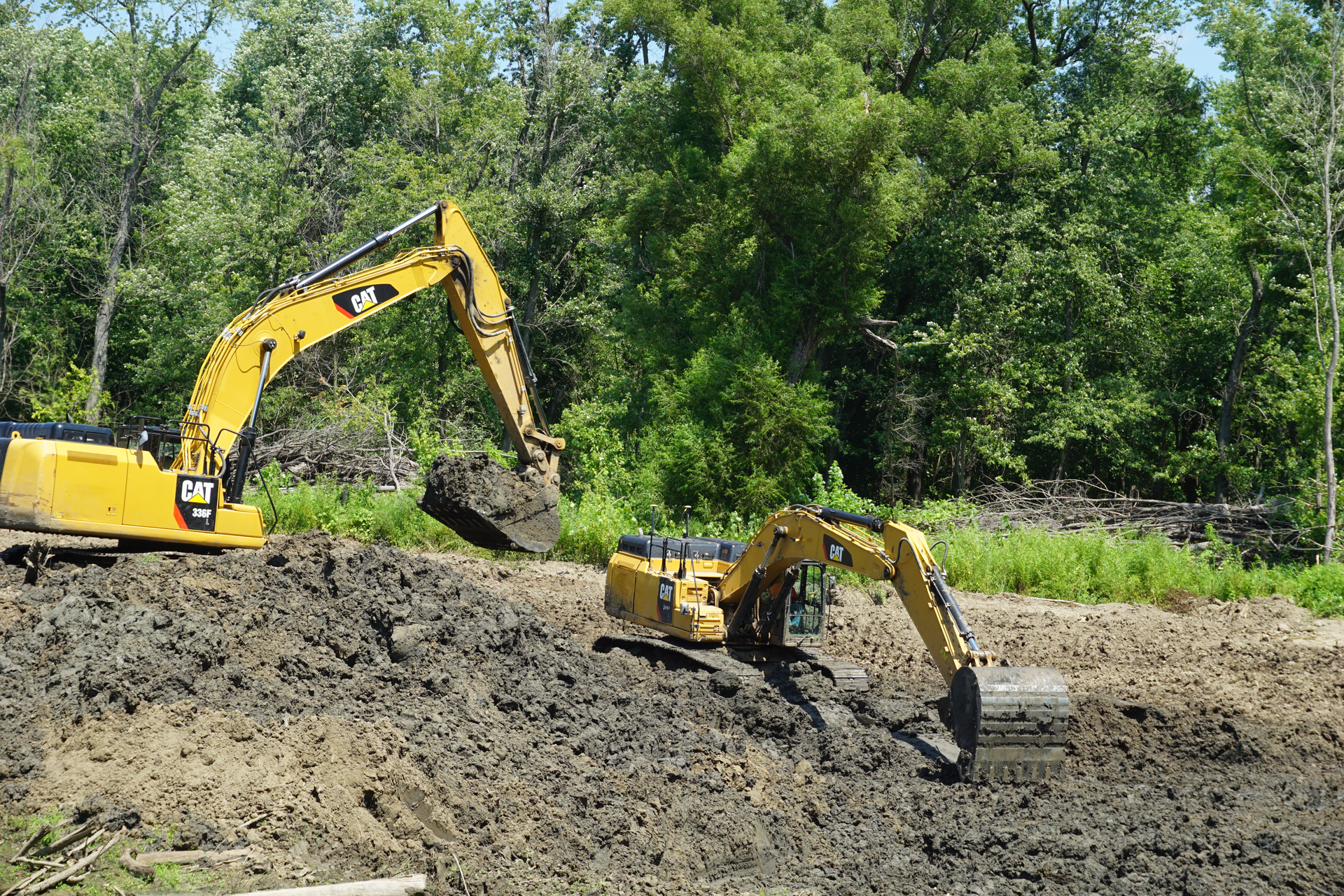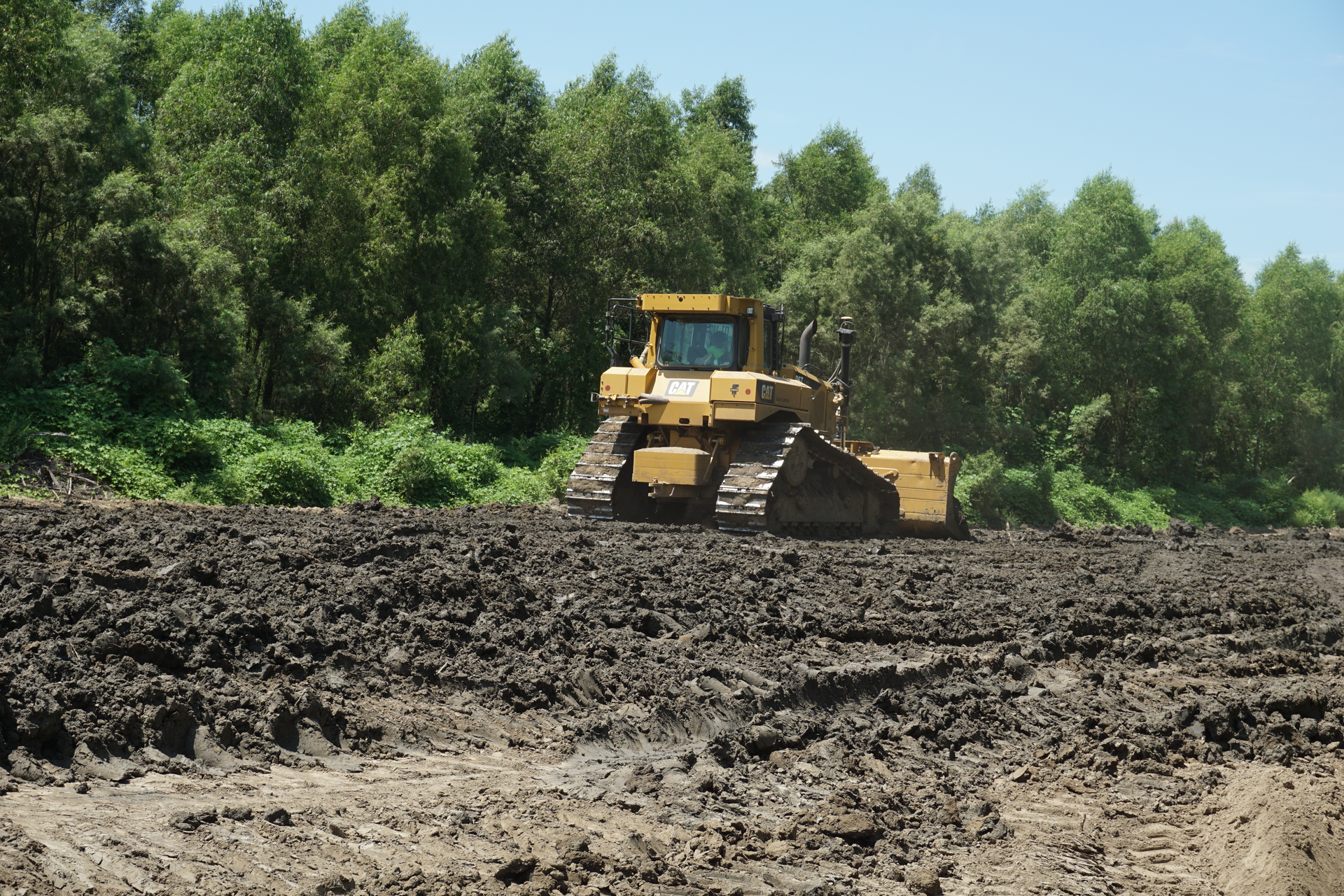Oklahoma Metal Buildings are becoming more popular for a variety of uses. They are easy to erect, can be expanded and are highly customizable. They are also ecologically friendly and energy efficient.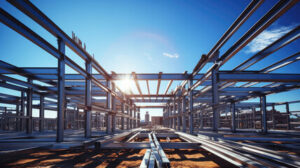
They can be insulated to save on heating and cooling expenses. This will help businesses reduce their energy costs.
Metal buildings are cost-effective solutions for a wide variety of construction projects. They can be used as workshops, storage facilities, or even as recreational areas. They are also durable and fully customizable to fit the needs of different users. However, it is important to consult with a fabrication team that offers superior quality control standards. This will ensure that your building meets all safety regulations and is built to last.
The costs of a steel building vary depending on your location and the size and design of the structure. Premade metal buildings are less expensive than custom-built options, but they may not be available in the exact dimensions you need. They are also more affordable than traditional wood-framed structures, which require a lot of labor to build.
Steel buildings are also a good choice for self-storage facilities. As American families grow, many people need more space to store their belongings. Unlike traditional storage buildings, metal buildings can be easily configured to create large indoor spaces for use by multiple tenants. They are also more resistant to pests and can withstand weather conditions.
Metal industrial buildings are ideal for wastewater treatment plants, electrical control rooms, guardhouses, well covers, pump shelters, and utility buildings. They are easy to maintain and offer excellent corrosion resistance. These structures are also more energy-efficient than other building materials and can be insulated to help save on heating and cooling costs.
Compared to a wood building, a metal building is more cost-effective because it does not require costly interior columns for support. This allows for a more spacious interior and provides flexibility to add partition walls as your business expands.
Another benefit of a metal building is that it can be assembled more quickly than a wood-framed structure. This can cut weeks off the building construction time and save on labor costs. Prefabricated kits are delivered to the construction site ready for assembly, which reduces the need for additional personnel and equipment. This means that you can start using your facility sooner and see a return on investment much faster.
Durability
Whether you’re building an office, workshop, or garage, durability is a crucial factor. You want to make sure that the structure you’re investing in can withstand harsh weather conditions, fire, and rodents. Metal buildings are renowned for their strength and resilience, making them an ideal option for any construction project.
The durability of metal buildings is a result of the high-grade materials that go into their construction. High-grade steel and specialized metal alloys provide superior resilience, resistance to damage, and other benefits.
This exceptional durability makes metal buildings one of the most cost-effective and reliable construction options available. They can withstand various environmental stressors, such as heavy winds, hail storms, snow loads, and seismic activities. They also offer more protection against pests and termites than traditional building materials, such as wood or concrete.
In addition to being durable, metal buildings are easy to customize and adapt to your specific needs. You can choose from a wide range of customization options, such as color, layout, and finishes. This versatility ensures that your steel building will perfectly align with your aesthetic preferences and functional requirements.
Moreover, a metal building can be designed to have wider clear spans, taller eaves, and longer building lengths, allowing it to accommodate large equipment and massive hanger doors. This ability to adapt to your unique needs and design specifications is an important feature of a metal building that sets it apart from other construction types.
Another benefit of a metal building is that it requires little maintenance. The exterior can be finished with a variety of different coatings, including strong steel panels, brick, stone, or tilt-up concrete. This means that you won’t have to worry about the need for regular repainting like you would with a wood structure. Furthermore, unlike wood, steel is termite- and rodent-resistant, eliminating the need for expensive treatments and inspections.
When choosing a contractor to construct your metal building, it is important to find out how much experience they have with the type of work you need them to complete. Ask for references from past clients and do your research online to determine if they are a good fit for you.
Ease of Maintenance
The durability of metal buildings makes them easy to maintain. They can withstand harsh weather conditions and natural disasters and last longer than buildings constructed of other materials. They are also a more cost-effective option for long-term use. They are available in a wide range of sizes and shapes, making them easy to customize for your specific needs. Additionally, you can add a variety of features, including insulation, doors and windows, and exterior finishes. You can also choose from different types of roofs, such as gable, single-slope, and curved.
A steel building is easier to maintain than a wood-framed structure, because the frame doesn’t need to be treated with pesticides to prevent termite damage. Moreover, steel is not prone to rot or warping. In addition, a metal building is more resistant to mold, mildew and fungus growth than other materials. This reduces maintenance costs by preventing the need to treat or replace the building’s interior.
In addition to reducing maintenance costs, the durable construction of a metal building can also lower insurance premiums. This is because insurance companies often offer better rates for steel buildings than other structures.
While a metal building is less expensive to build than traditional structures, it still requires regular maintenance. Preventative maintenance is essential to keep your building in top condition, and will extend its lifespan. To perform this maintenance, you should inspect the roof regularly for leaks and damage, clean the exterior, and check the HVAC system. In addition, you should seal any holes and cracks to prevent air leaks and water infiltration.
Another important step in maintenance is to wash the building with a cleaning solution every 3-4 months. This will remove the chalk-like dirt that can cause rust and mold growth. You should also trim the surrounding trees and shrubs to avoid moisture trapping in the building.
Pre-engineered metal buildings are built faster than other types of structures, as most of the work is completed in factories. This means they can be erected in half the time of other constructions. This fast build process translates to savings on labor and construction costs. It also allows for the flexibility of adding to a building as your business grows. Furthermore, these buildings feature clear-span framing that provides a column-free interior space. In addition to these advantages, pre-engineered metal buildings are also energy-efficient and environmentally friendly.
Customization
There are many customization options available with metal buildings, which make them a great option for unique construction projects. For example, you can choose from a wide range of roof styles and add windows and doors to your building. You can also customize the exterior color of your building to fit your aesthetic preferences. Additionally, you can choose from a variety of trim options, including different types of siding, wood paneling, and wainscoting.
Metal buildings are also more resilient to harsh weather conditions and natural disasters than other traditional building materials. They are fire-resistant, and are less likely to be damaged by insects or termites. Additionally, they are easier to maintain than other types of structures, and are more cost-effective than traditional building materials.
With customizable options, a steel building can be made to meet any business or industry’s needs. For example, a steel industrial structure can be used as a wastewater treatment facility, control room, guardhouse, or generator building. It can also be configured with environmental controls, making it ideal for recreational facilities such as skating rinks or swimming pools.
A steel building can also be used as a home office or workshop, and can be designed to include large openings and pre-punched holes for electrical and plumbing installation. In addition, the structure can be easily expanded in the future if additional space is needed.
Metal buildings can also be customized to accommodate specialized needs, such as mezzanines and partition walls. This flexibility makes them a smart choice for businesses that need extra storage or workspace. In addition, they can be built with a wide array of doors and windows and can be finished to match the existing look of your property.
Another option is to paint your building a color that matches your brand or business. You can choose from a variety of colors, from a bright emerald green to a cool blue. This will help your building stand out from the rest and make it easy to recognize. You can even go with a more subtle shade, such as white or charcoal.

